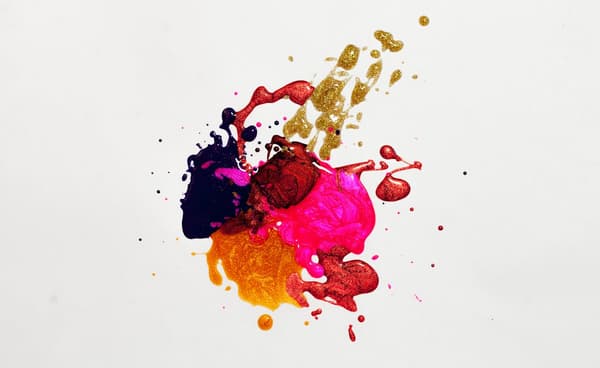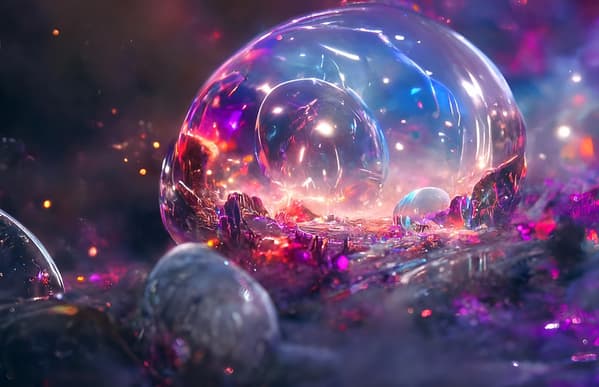Digital Art: Revolutionizing the Creative Landscape
In the modern era, art has undergone a significant transformation, with digital tools and techniques becoming central to the creative process. Digital art refers to any artwork created using digital technology, encompassing everything from traditional painting and drawing to more experimental forms of media. The rise of computers, software programs, and digital devices has opened new realms of possibilities, allowing artists to explore and express their creativity in ways that were previously unimaginable. Digital art has evolved beyond just a tool for graphic designers or illustrators; it is now a widely recognized art form with its own unique appeal and cultural significance.
The digital age has provided artists with an unprecedented level of freedom, enabling them to create, share, and showcase their work to a global audience. It has broken down barriers of accessibility, allowing artists from diverse backgrounds to participate in the art world. As we explore the different facets of digital art, we will understand how it is revolutionizing the traditional art world and what makes it such a powerful medium.
The Tools and Techniques of Digital Art
One of the defining features of digital art is the variety of tools and software available to artists. While traditional art forms rely on physical materials such as paint, canvas, or clay, digital art allows for endless manipulation of pixels, layers, and color palettes. Software programs like Adobe Photoshop, Illustrator, and Procreate have become staples in the digital artist’s toolkit, offering a wide range of functions, from painting and sketching to 3D modeling and animation.
These programs provide artists with a versatile platform for experimenting with different techniques, such as blending, shading, and texture creation. They allow for precise control over every aspect of the artwork, from color correction to layer management, which is impossible in traditional media. Digital tools like graphic tablets and styluses offer a level of responsiveness that mimics traditional brushes and pencils, making the transition from physical to digital relatively seamless for many artists.
In addition to these traditional tools, digital art has also seen the rise of newer technologies, such as augmented reality (AR), virtual reality (VR), and generative art. These innovations are pushing the boundaries of what digital art can be, enabling artists to create immersive experiences and interactive pieces that engage audiences in entirely new ways. For instance, AR allows artists to create art that can be viewed and interacted with in the real world, while VR enables the creation of fully immersive 3D environments that viewers can explore in real-time.

Digital Art and Its Impact on the Art World
Digital art has had a profound impact on both the art market and the way art is perceived in society. In recent years, we’ve seen a growing acceptance of digital art in galleries, museums, and auctions. High-profile sales of digital works, such as Beeple’s NFT artwork “Everydays: The First 5000 Days,” which sold for $69 million in 2021, have brought digital art into the mainstream and challenged traditional notions of what constitutes fine art.
One of the key factors driving the rise of digital art is the advent of non-fungible tokens (NFTs). NFTs are digital assets that use blockchain technology to verify ownership and authenticity, making it possible to sell and collect digital artwork as unique items. This has created a new market for digital artists, allowing them to monetize their work and gain recognition in the art world. Artists can now sell limited-edition digital pieces, providing buyers with exclusive ownership of these works, even though the digital file can be copied infinitely.
Furthermore, the internet and social media platforms have made it easier than ever for digital artists to showcase their work and gain exposure. Platforms like Instagram, DeviantArt, and ArtStation allow artists to connect with potential clients, collaborators, and fans, building their reputations and portfolios without needing to rely on traditional galleries. This democratization of the art world has made it possible for independent and emerging artists to reach a global audience, leveling the playing field for those who may not have had access to the traditional art establishment.
Digital art has also brought new diversity to the art world. With tools and platforms that are more accessible and affordable than traditional methods, digital art allows artists from various backgrounds and regions to express their creativity and share their unique perspectives. This inclusivity is transforming the art scene, creating space for voices that were previously marginalized or overlooked.
Challenges and Criticisms of Digital Art
Despite its growing popularity, digital art faces criticism from certain sectors of the art world. Some traditionalists argue that digital works lack the “soul” and tactile qualities of physical art. They believe that because digital art is created using technology, it doesn’t carry the same emotional weight or connection as works made with traditional materials. However, many digital artists contend that the medium is simply another tool for expression, and that the emotions and intent behind the work remain as valid as those found in traditional art.
Another challenge for digital artists is the issue of copyright and piracy. As digital files can be easily copied and shared, protecting the intellectual property of digital artworks is a significant concern. Artists must navigate the complexities of digital ownership, and some have turned to NFTs as a way to assert control over their work and protect it from unauthorized duplication. However, the legal landscape surrounding digital art and NFTs is still developing, and many artists are left to navigate a new and sometimes confusing terrain.
Moreover, the environmental impact of digital art has also been a topic of debate. The energy consumption associated with digital platforms, NFTs, and blockchain technology has raised concerns about the sustainability of the digital art market. As the demand for digital art grows, it is crucial for the industry to explore eco-friendly solutions to reduce its carbon footprint.
Digital art has emerged as a dynamic and transformative force in the art world. With its vast array of tools, techniques, and innovative possibilities, digital art is revolutionizing the way we create, experience, and consume art. It offers artists a level of control, flexibility, and accessibility that traditional media cannot match, and it has made it possible for new voices and ideas to shape the future of artistic expression.
While digital art still faces challenges, from its acceptance in traditional art spaces to concerns about piracy and sustainability, its impact on the art world is undeniable. As technology continues to advance, digital art will undoubtedly evolve further, pushing the boundaries of creativity and fostering a more inclusive and diverse art landscape. The digital revolution is here to stay, and it is exciting to think about the future of art in a world where the digital and physical realms are increasingly intertwined.
